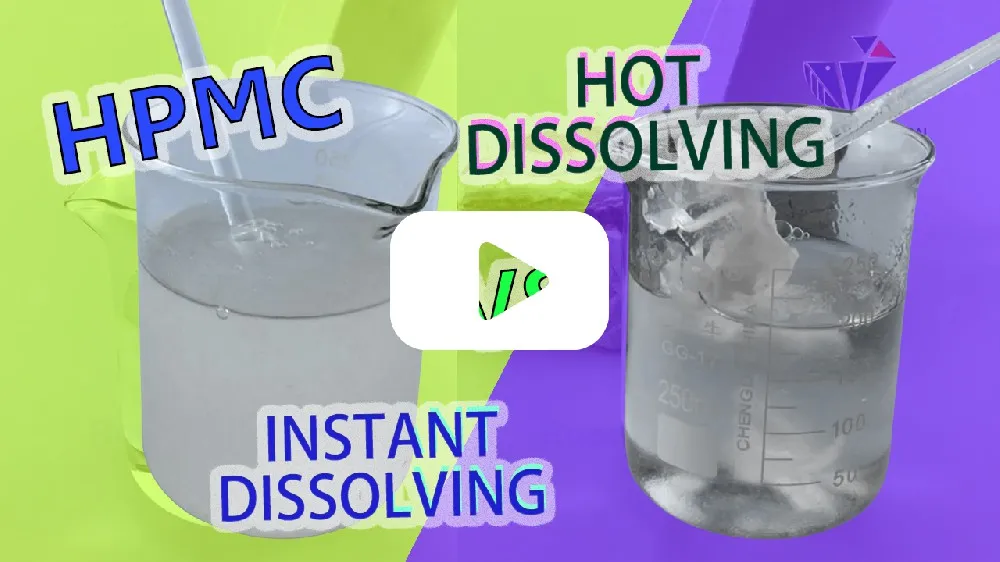
Dec . 07, 2024 04:30 Back to list
hydroxypropyl methyl
Understanding Hydroxypropyl Methylcellulose Applications and Benefits
Hydroxypropyl methylcellulose (HPMC) is a versatile cellulose derivative widely used in various industries, including food, pharmaceuticals, cosmetics, and construction. As a non-ionic, water-soluble polymer, HPMC boasts unique properties that make it an essential ingredient in numerous formulations. This article explores the characteristics, benefits, and applications of HPMC, shedding light on why it has become a staple in many manufacturing processes.
What is Hydroxypropyl Methylcellulose?
HPMC is synthesized from cellulose, a natural polymer derived from plant cell walls. The process involves modifying cellulose by introducing hydroxypropyl and methyl groups, which enhances its solubility and functionality. HPMC appears as a white powder that can dissolve in cold water, forming a smooth and viscous solution. Its chemical structure allows for varying degrees of hydroxypropyl and methyl substitution, resulting in products with diverse properties suitable for different applications.
Key Properties of HPMC
1. Water Solubility HPMC's ability to dissolve in water without heating makes it an ideal thickening agent. This property is particularly beneficial in formulations where thermal stability is required.
2. Viscosity Control HPMC can modify the viscosity of liquid formulations, providing a desirable texture while maintaining flow characteristics. This is crucial in food and pharmaceutical applications, where the consistency of the product is paramount.
3. Film-Forming Ability When HPMC is dispersed in water, it can form a film upon drying. This quality is harnessed in coatings and adhesives, providing a barrier to moisture and other environmental factors.
4. Stability HPMC exhibits excellent stability under a wide range of pH and temperature conditions, making it suitable for various manufacturing processes without degradation.
hydroxypropyl methyl

5. Non-toxic and Biodegradable As a derivative of cellulose, HPMC is considered safe for use in food and pharmaceutical applications, appealing to eco-conscious consumers.
Applications of HPMC
In Food Industry HPMC serves as a thickener, emulsifier, and stabilizer in various food products, including sauces, dressings, and bakery goods. It improves texture, enhances mouthfeel, and helps maintain moisture, contributing to the overall quality of food items.
In Pharmaceuticals HPMC is widely used in the formulation of tablets, capsules, and other dosage forms. It acts as a binder, controlling the release of active ingredients, and improving the consistency of the formulation.
In Cosmetics The cosmetic industry utilizes HPMC in creams, lotions, and gels for its thickening and film-forming properties. It contributes to improved product texture and stability, ensuring a pleasant user experience.
In Construction HPMC is employed in construction materials such as tile adhesives, waterproofing agents, and paints. Its water retention properties enhance workability and performance in construction applications.
Conclusion
Hydroxypropyl methylcellulose is a multifunctional ingredient that offers a plethora of benefits across various industries. From improving texture and stability in food products to enhancing active ingredient release in pharmaceuticals, HPMC plays a pivotal role in countless formulations. Its non-toxic nature and biodegradable characteristics align well with the growing demand for sustainable ingredients. As industries continue to innovate, the diverse applications of HPMC are expected to expand further, reinforcing its position as a critical component in modern manufacturing.
-
Versatile Hpmc Uses in Different Industries
NewsJun.19,2025
-
Redispersible Powder's Role in Enhancing Durability of Construction Products
NewsJun.19,2025
-
Hydroxyethyl Cellulose Applications Driving Green Industrial Processes
NewsJun.19,2025
-
Exploring Different Redispersible Polymer Powder
NewsJun.19,2025
-
Choosing the Right Mortar Bonding Agent
NewsJun.19,2025
-
Applications and Significance of China Hpmc in Modern Industries
NewsJun.19,2025







